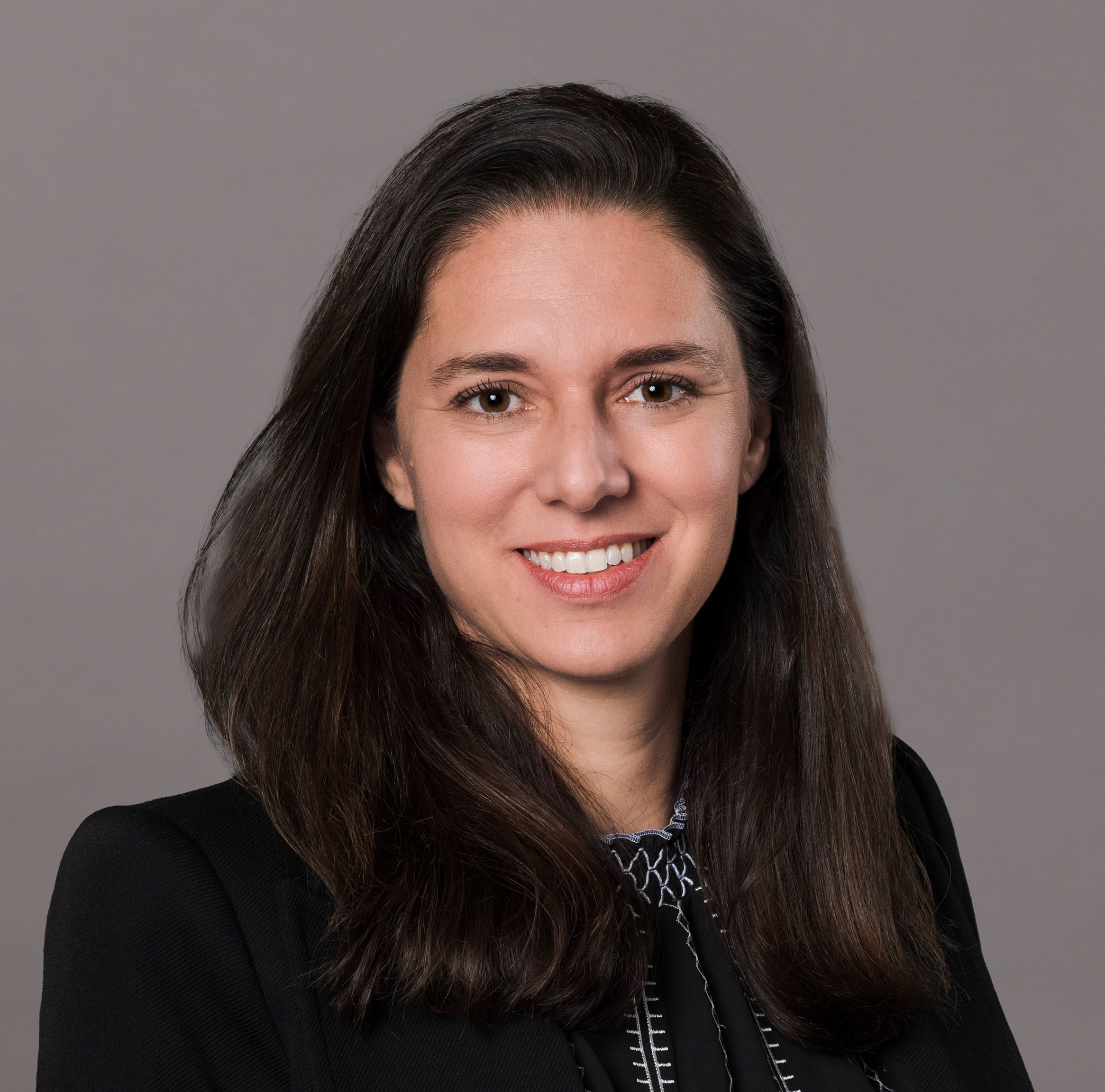Around the world, youth organizations reach hundreds of millions of children every year. Effective safeguarding and prevention can have a profound effect.

In the 1970s and 80s a number of major youth organizations in the U.S. were rocked by revelations of widespread child sexual abuse. A systemic fault line had burst into public view.
Youth organizations – whether sporting, cultural, or educational – play a central role in our communities. The so-called ‘Big 6’ U.S. youth organizations (4-H, Big Brothers Big Sisters of America, Boys and Girls Clubs of America, Boy Scouts of America, Girl Scouts of the USA, and the YMCA of the USA) interact with and care for tens of millions of children every year. It is not an exaggeration to say that they play a central role in American cultural life. As such, when trust between communities and organizations is broken, it has a profound effect on culture.
The choice is stark. We can choose to wait and see. Or we can act collectively.
The response from these organizations was dramatic. A raft of safeguarding and prevention policies and procedures were introduced.
As Julie Novak from Big Brothers Big Sisters of America reflects, “collectively the Big 6 YSOs have been studying and working in partnership to understand how to best protect youth for many years.” However, the precise impact of these collective efforts has been unknown.
Is prevention in youth organizations working?
It is in this context that we at MOORE undertook an ambitious program of research to explore the effectiveness of prevention programs in a wide range of youth organization settings in the U.S. In partnership with Professors Ben Matthews (Queensland University of Technology) and Keith Kaufman (Portland State University) we retrospectively estimated the prevalence of child sexual abuse and boundary violating behaviors experienced by participants in two age cohorts, across five broad organizational settings: organized sports, religious organizations, music or arts programs, K-12 schools, and the ‘Big 6’.
The results are compelling.
The prevalence of sexual harm by adults among those exposed to the ‘Big 6’ has seen reductions of 20%+. Specifically, a 20% reduction in sexual misconduct (e.g. taking and sending of nude pictures, sharing of sexual content, inappropriate presence in locker rooms) and a 31% reduction in child sexual abuse.
This is hugely significant. When seen in the context of the scale and reach of Big 6 organizations, the potential impact of their commitment to safeguarding and prevention is extraordinary.
A concerning trend
However, the research does also reveal a concerning trend. In K-12 school settings, sexual misconduct was reported at significantly higher levels by the younger cohort of participants. The prevalence of sexual misconduct among participants by adults in K-12 school settings was 1.88% in the older cohort, increasing to 3.88% in the younger cohort —representing an increase of 106.38%. In our study, sexual misconduct included technology facilitated behaviors, such as sending sexual imagery digitally and exposing youth to pornography.
Urgent need for leadership
And so, we are starting to see a mixed and nuanced picture.
Encouragingly, our research shows that with brave leadership and organizational commitment, safeguarding and prevention can have a profound effect within youth organizations. Simply put, many, many children have been kept safe due to brave leadership and prevention strategies.
However, there are also trends emerging – mirrored in numerous other studies* – of increased harmful sexual behavior among and within groups of young people, particularly in school settings.
The choice is stark. We can choose to wait and see. Or, to paraphrase Julie Novak, we can act collectively.
This research sits at the heart of SERVING YOUTH – Prevention Global’s knowledge product exploring prevention in youth-serving organizations. It is accompanied by a profound and compelling guest op ed from Julie Novak, an animation and 2-page brief, and a relaunched, interactive desk guide for leaders. The desk guide is designed to support leaders who want to establish and enhance their safeguarding and prevention strategies. We invite you to explore our Serving Youth knowledge product in full and join us in Leading for Prevention.
Learn More. Act Now.
Luciana Assini-Meytin, PhD
Deputy Director, MOORE | Preventing Child Sexual Abuse, Johns Hopkins Bloomberg School of Public Health

